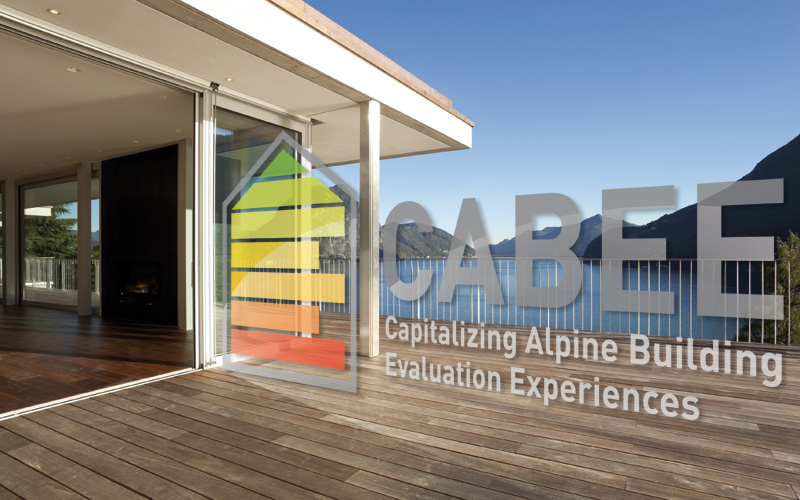Micro Smart Energy Grids
Analyses of actual building sites
To start, a common definition for smart energy grids including their features and performance figures is elaborated. On the basis of this definition, energy flows are analysed. Objective is to evaluate smart energy grids on total 10 building sites (private or public) including their surroundings in a range of 200 meters. For each site / building 3 possible scenarios are created for showing ways how NZEBs (Nearly Zero Emission Building) together with their close neighbourhood can be achieved. These scenarios will be discussed with local responsible bodies. This action strengthens the awareness about possible solutions on actual buildings sites by political bodies and site owners.
Integration of buildings in smart energy grids
The goal is to point out technical and financial possibilities" for the integration of buildings into existing smart energy grids. These strategies are tested on 10 existing smart energy grid cases. The solutions range from energy exchange, (renewable) energy storage, integration of different approaches, cost effectiveness to a life cycle costs approach. New opportunities to exploit local SMEs expertise and skills will be taken into account to keep cost at the optimal level (as foreseen in annex III of the directive 2010/31/EU or relative possible national implementation). This action creates practical experiences in integration of buildings into existing smart grids.
Integration of neighborhoods in smart energy grids
Some existing buildings cannot reach the goal of NZE. But they may reach it in cooperation with their neighbouring buildings (statistic evaluation, exchange of energy, energy storage, economics of scale, economic advantages etc.). Therefore solutions for integration of many buildings in smart energy grids are necessary. For participating regions a feasibility study for the integration of at least 10 buildings into one nearly zero emission neighbourhood will be executed.

